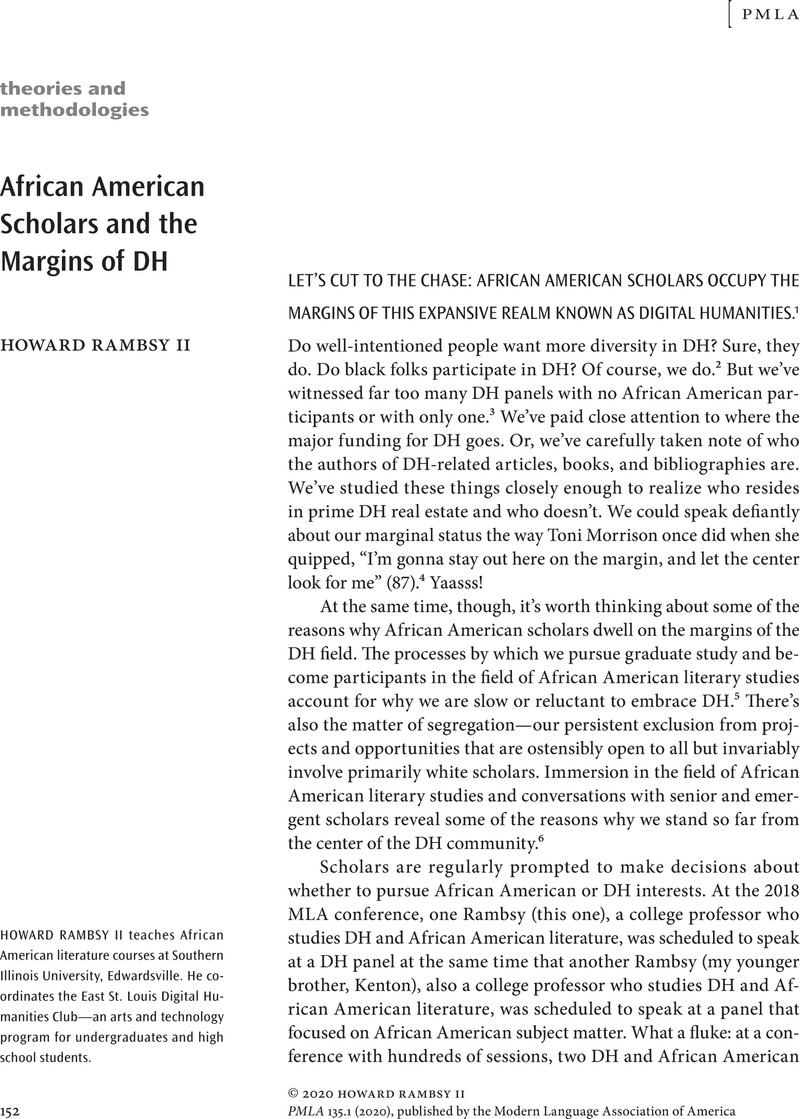Crossref Citations
This article has been cited by the following publications. This list is generated based on data provided by Crossref.
Ghosh, Cyril
and
Wang, Hongying
2023.
Implicit Bias, Microaggression, and Bullying.
PS: Political Science & Politics,
Vol. 56,
Issue. 2,
p.
285.





